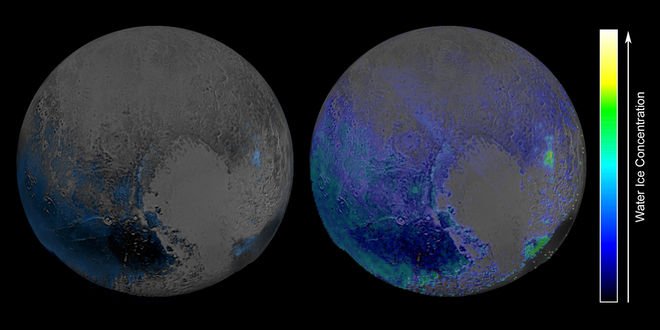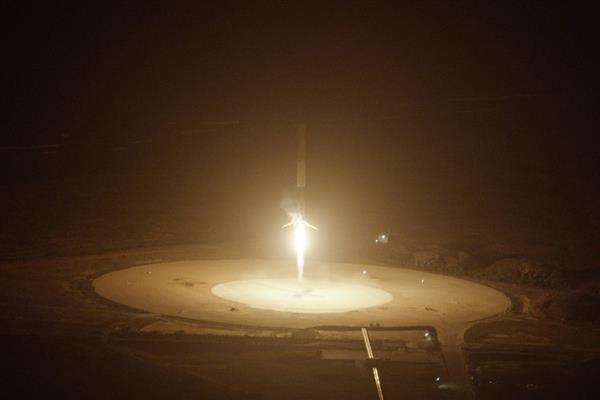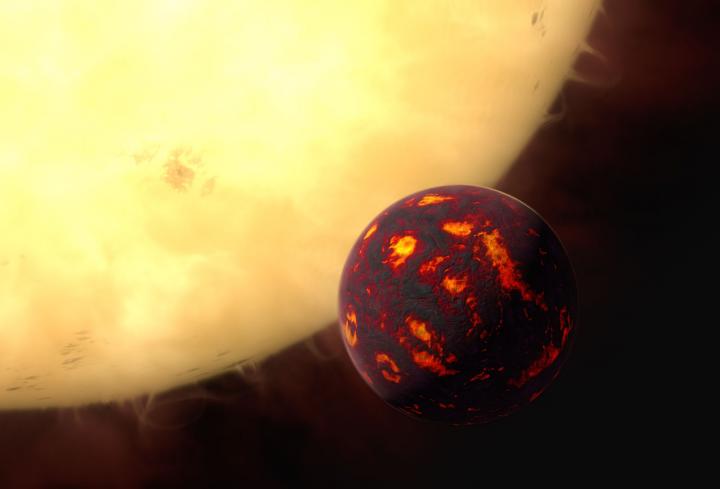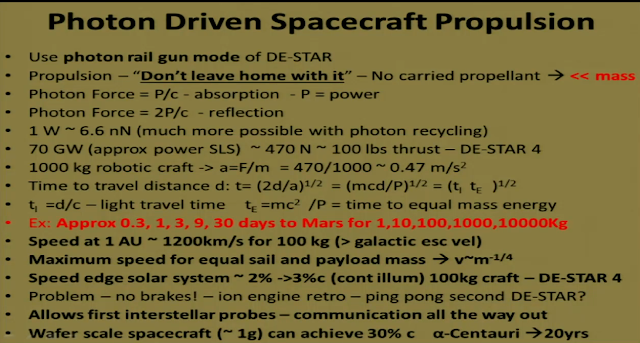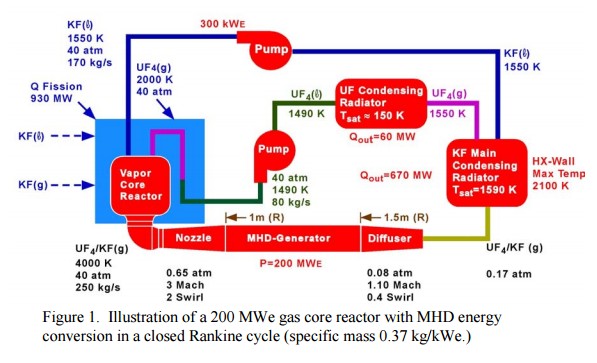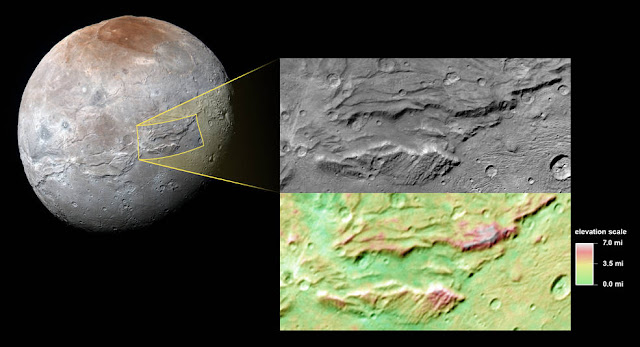ScienceRocks
Democrat all the way!
- Thread starter
- Banned
- #1,281
KOI-2939b: the largest and longest-period Kepler transiting circumbinary planet
Veselin B. Kostov, Jerome A. Orosz, William F. Welsh, Laurance R. Doyle, Daniel C. Fabrycky, Nader Haghighipour, Billy Quarles, Donald R. Short, William D. Cochran, Michael Endl, Eric B. Ford, Joao Gregorio, Tobias C. Hinse, Howard Isaacson, Jon M. Jenkins, Eric L. N. Jensen, Ilya Kull, David W. Latham, Jack J. Lissauer, Geoffrey W. Marcy, Tsevi Mazeh, Tobias W. A.Muller, Joshua Pepper, Samuel N. Quinn, Darin Ragozzine, Avi Shporer, Jason H. Steffen, Guillermo Torres, Gur Windmiller, William J. Borucki
(Submitted on 1 Dec 2015)
Kepler-47: A Three-Planet Circumbinary System
-----------------------------
Transit timing variations (TTVs) of Kepler-10c indicate the likely presence of a third planet in the system, KOI-72.X. The TTVs and RVs are consistent with KOI-72.X having an orbital period of 24, 71, 82, or 101 days, and a mass from 1-7 M⊕.
---------------------
ULA has contracted Blue Origin to design and build a reusable engine for their Vulcan launch vehicle which is intended to be a direct competitor to the Falcon 9. I can understand the comparison made to Virgin Galactic because they haven't achieved recovery of an orbital booster stage yet, but a comparison to SpaceX is perhaps more apt based on the ultimate ambition.

Rendering of ULA's Vulcan rocket intended to be partially reusable.
Veselin B. Kostov, Jerome A. Orosz, William F. Welsh, Laurance R. Doyle, Daniel C. Fabrycky, Nader Haghighipour, Billy Quarles, Donald R. Short, William D. Cochran, Michael Endl, Eric B. Ford, Joao Gregorio, Tobias C. Hinse, Howard Isaacson, Jon M. Jenkins, Eric L. N. Jensen, Ilya Kull, David W. Latham, Jack J. Lissauer, Geoffrey W. Marcy, Tsevi Mazeh, Tobias W. A.Muller, Joshua Pepper, Samuel N. Quinn, Darin Ragozzine, Avi Shporer, Jason H. Steffen, Guillermo Torres, Gur Windmiller, William J. Borucki
(Submitted on 1 Dec 2015)
We report the discovery of a new Kepler transiting circumbinary planet (CBP). This latest addition to the still-small family of CBPs defies the current trend of known short-period planets orbiting near the stability limit of binary stars. Unlike the previous discoveries, the planet revolving around the eclipsing binary system KOI-2939 has a very long orbital period (~1100 days) and was at conjunction only twice during the Kepler mission lifetime. Due to the singular configuration of the system, KOI-2939b is not only the longest-period transiting CBP at the time of writing, but also one of the longest-period transiting planets. With a radius of 1.06+/-0.01 RJup it is also the largest CBP to date. The planet produced three transits in the light-curve of KOI-2939 (one of them during an eclipse, creating a syzygy) and measurably perturbed the times of the stellar eclipses, allowing us to measure its mass to be 1.52+/-0.65 MJup. The planet revolves around an 11-day period eclipsing binary consisting of two Solar-mass stars on a slightly inclined, mildly eccentric (e_bin = 0.16), spin-synchronized orbit. Despite having an orbital period three times longer than Earth's, KOI-2939b is in the conservative habitable zone of the binary star throughout its orbit.
Kepler-47: A Three-Planet Circumbinary System
Kepler-47 is the most interesting of the known circumbinary planets. In the discovery paper by Orosz et al. (2012) two planets were detected, with periods of 49.5 and 303 days around the 7.5-day binary. In addition, a single "orphan" transit of a possible third planet was noticed. Since then, five additional transits by this planet candidate have been uncovered, leading to the unambiguous confirmation of a third transiting planet in the system. The planet has a period of 187 days, and orbits in between the previously detected planets. It lies on the inner edge of the optimistic habitable zone, while its outer sibling falls within the conservative habitable zone. The orbit of this new planet is precessing, causing its transits to become significantly deeper over the span of the Kepler observations. Although the planets are not massive enough to measurably perturb the binary, they are sufficiently massive to interact with each other and cause mild transit timing variations (TTVs). This enables our photodynamical model to estimate their masses. We find that all three planets have very low-density and are on remarkably co-planar orbits: all 4 orbits (the binary and three planets) are within ~2 degrees of one another. Thus the Kepler-47 system puts interesting constraints on circumbinary planet formation and migration scenarios.
-----------------------------
Transit timing variations (TTVs) of Kepler-10c indicate the likely presence of a third planet in the system, KOI-72.X. The TTVs and RVs are consistent with KOI-72.X having an orbital period of 24, 71, 82, or 101 days, and a mass from 1-7 M⊕.
---------------------
ULA has contracted Blue Origin to design and build a reusable engine for their Vulcan launch vehicle which is intended to be a direct competitor to the Falcon 9. I can understand the comparison made to Virgin Galactic because they haven't achieved recovery of an orbital booster stage yet, but a comparison to SpaceX is perhaps more apt based on the ultimate ambition.

Rendering of ULA's Vulcan rocket intended to be partially reusable.
Last edited:





